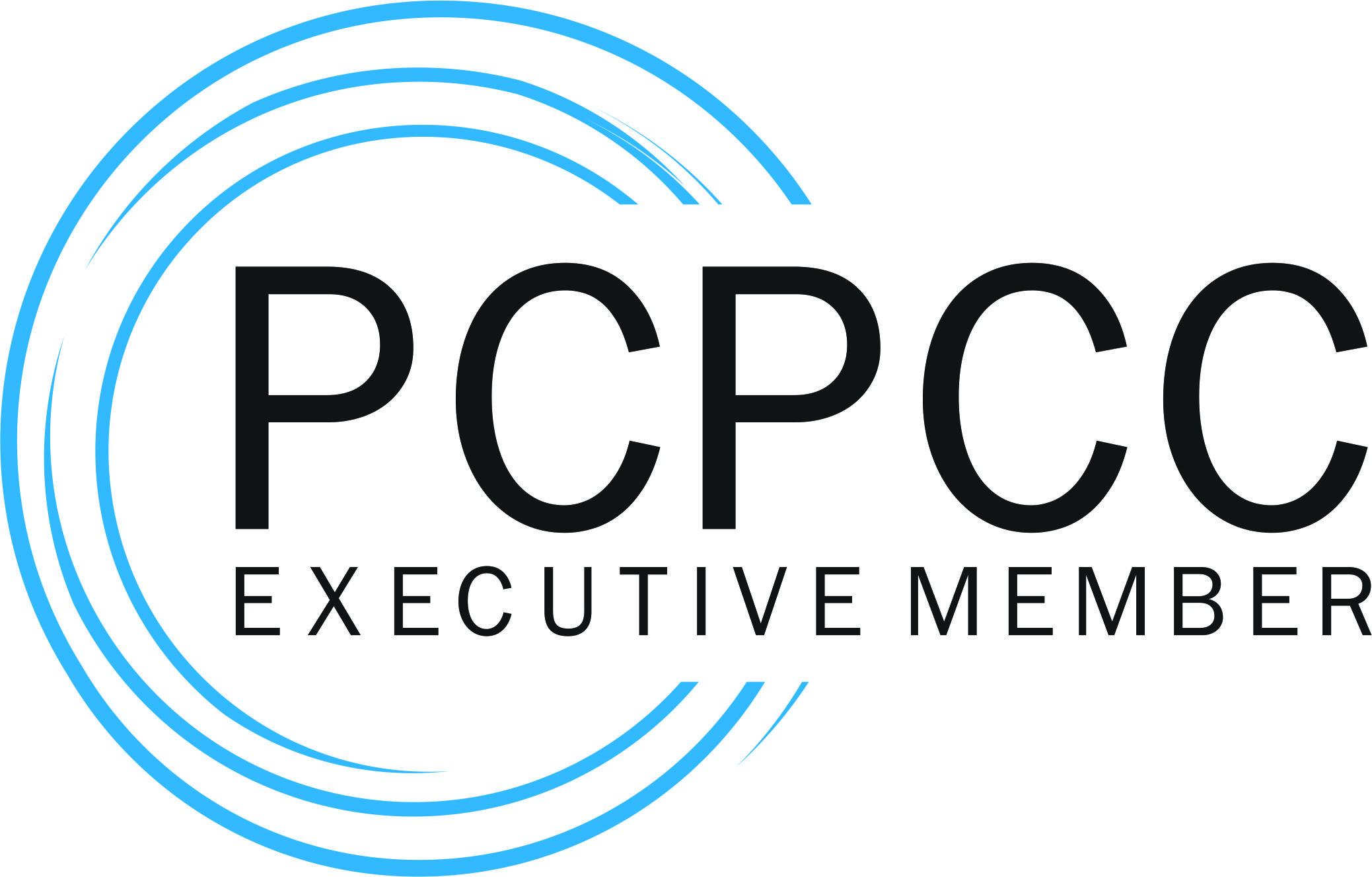Oregon
Chapter 595 of the 2009 Oregon Laws established the Patient Centered Primary Care Home (PCPCH) Program by the Office for Oregon Health Policy and Research . Through this program, the Office shall:
- Define core attributes of the patient centered primary care home;
- Establish a simple and uniform process to identify patient centered primary care homes that meet the core attributes defined by the Office;
- Develop uniform quality measures that build from nationally accepted measures and allow for standard measurement of patient centered primary care home performance; and
- Develop policies that encourage the retention of, and the growth in the numbers of, primary care providers.
This law created a learning collaborative to assist practices in developing the infrastructure for PCPCH. The law also allowed for changes in payment for practices who provide care in medical homes including payment for interpretive services and rewards for improvements in health quality. The PCPCH program serves as the pathway for primary care practice participation in all patient-centered medical home related programs in Oregon including the Comprehensive Primary Care initiative, Coordinated Care Organizations, and 2703 Health Homes.
Chapter 602 of the 2011 Oregon Laws established the Oregon Integrated and Coordinated Health Care Delivery System. This law requires the Oregon Health Authority (OHA) to establish standards for using PCPCHs within Coordinated Care Organizations (CCO) and requires CCOs to implement PCPCHs to the extent possible. Standards may require the use of Federally Qualified Health Centers (FQHCs), rural health clinics, school-based health clinics and other safety net providers that qualify as PCPCHs.
The Oregon Health Authority and the Northwest Health Foundation, in partnership with the Oregon Health Care Quality Corporation, launched the Patient-Centered Primary Care Institute in September 2012 to support primary care practice transformation in Oregon. A broad array of resources are available to primary care practices through this program including behavioral health integration support, learning collaboratives and expert networks.
CHIPRA:
Yes
MAPCP:
No
Dual Eligible:
No
2703 Health Home:
Yes
CPCi:
Yes
SIM Awards:
Yes
PCMH in QHP:
No
Legislative PCMH Initiative:
Yes
Private Payer Program:
Yes
State Facts:
Population:
3,941,300
Uninsured Population:
13%
Total Medicaid Spending FY 2013:
$5.1 Billion
Overweight/Obese Adults:
60%
Poor Mental Health among Adults:
40%
Medicaid Expansion:
Yes
CPC+:
CPC+
Pages
Secondary menu
Copyright © 2024 Primary Care Collaborative





